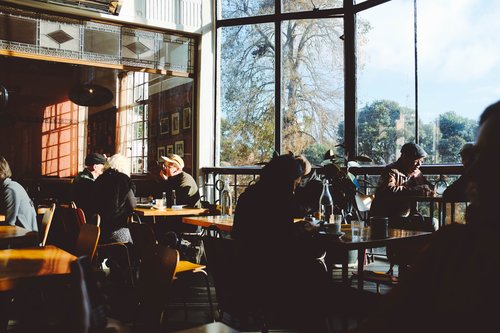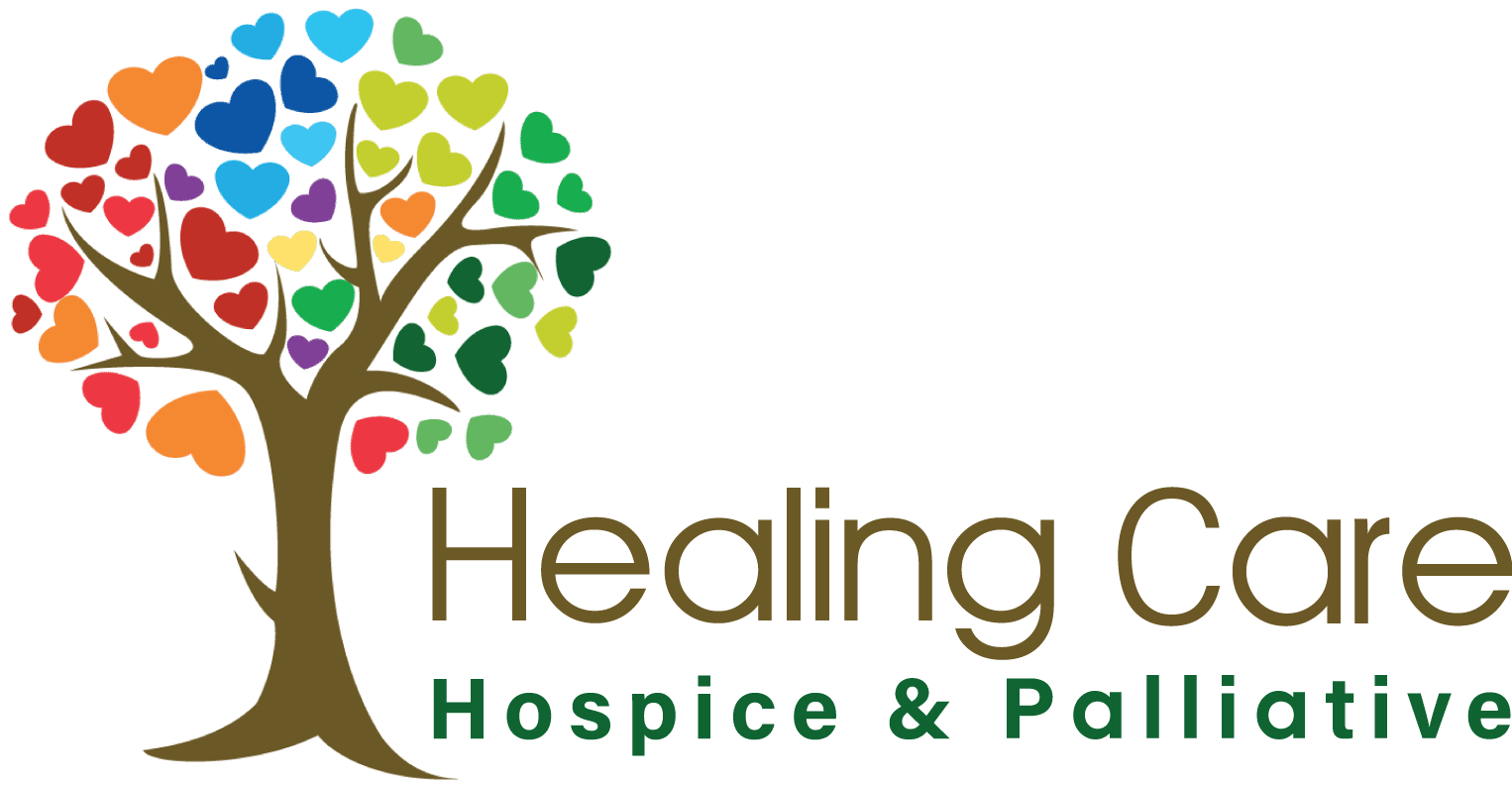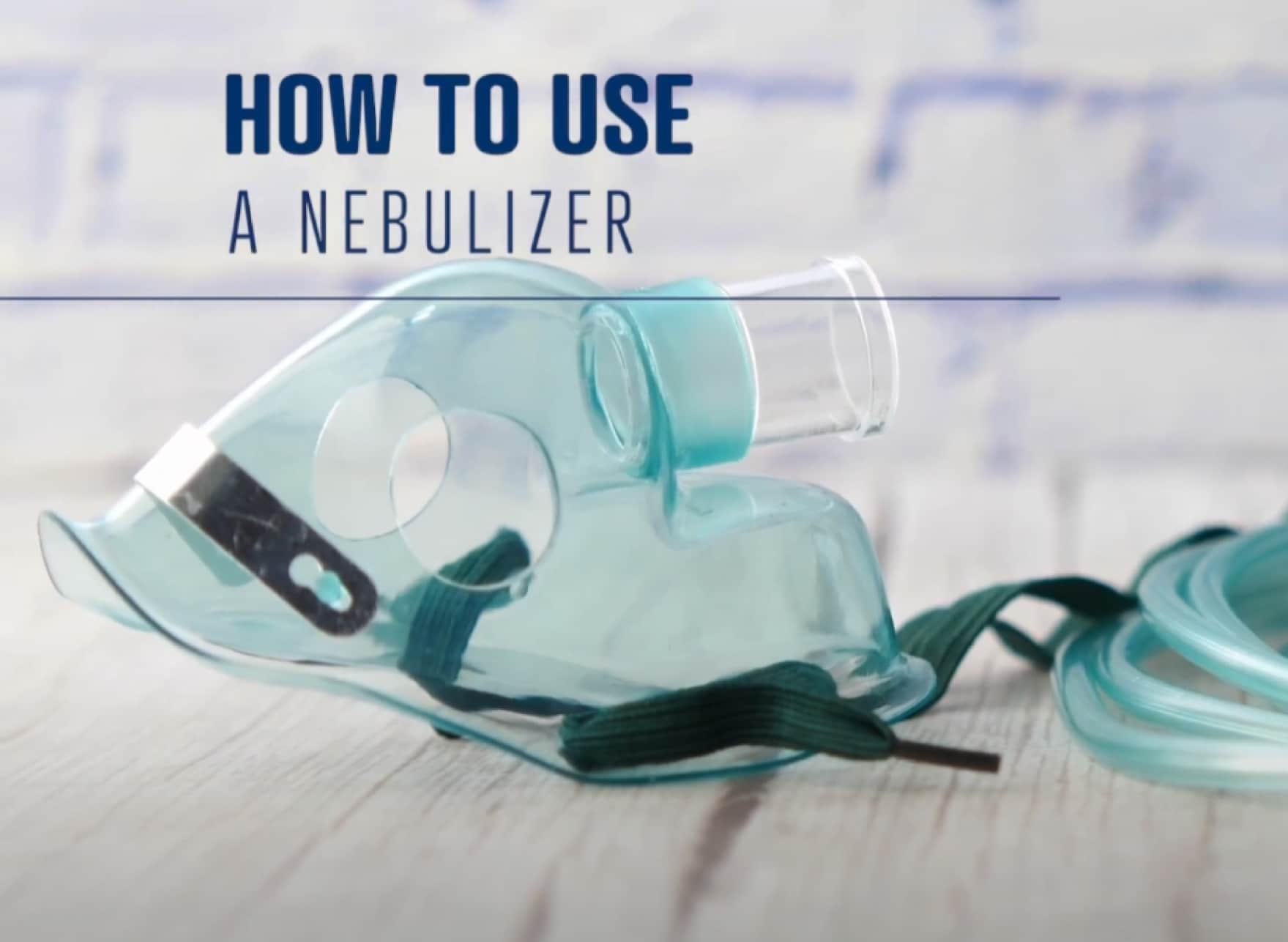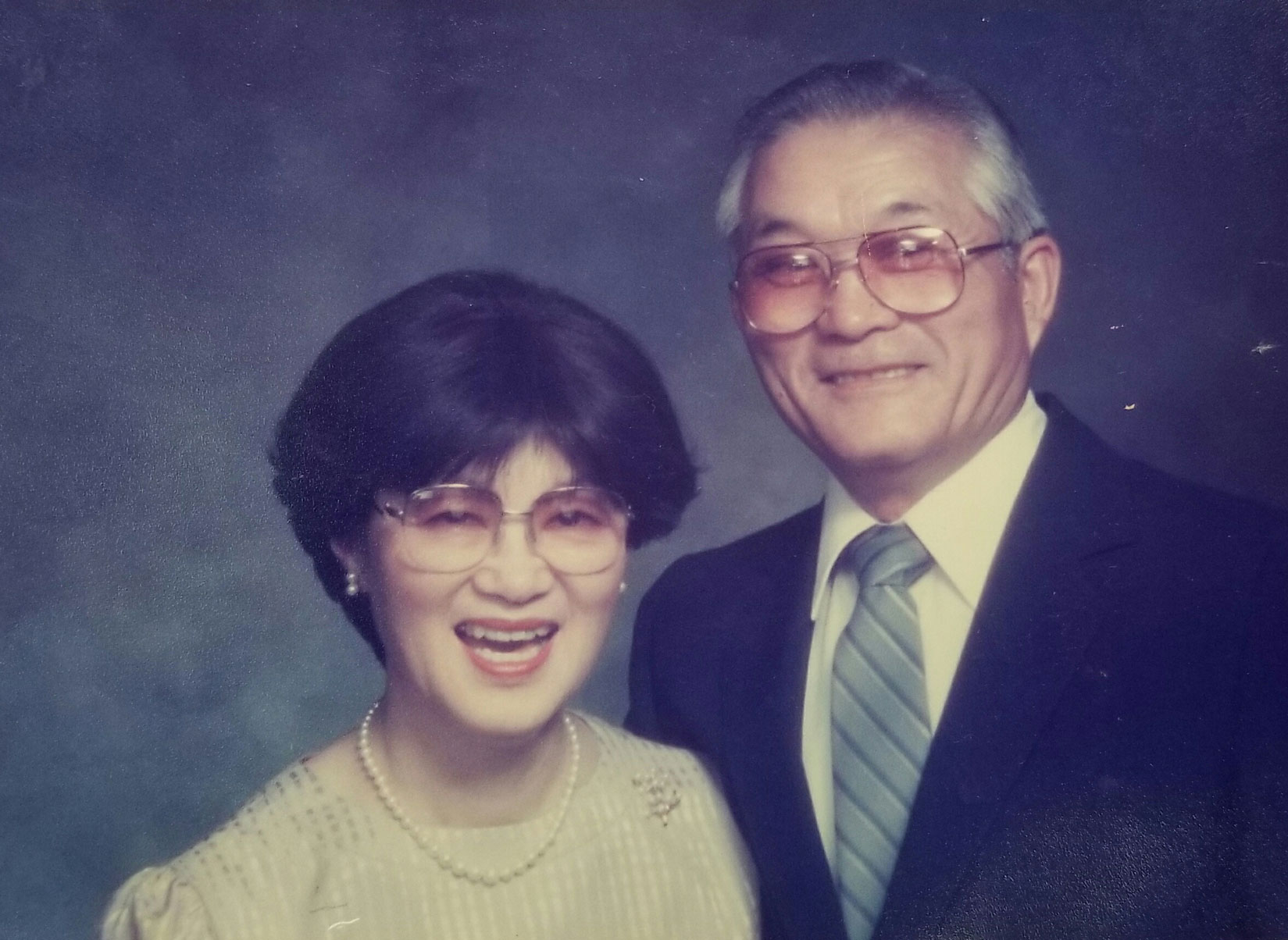A Place To Talk About Death
Patients & Families
Andres Rojas
– Healing Care Hospice Marketing Coordinator
Last year at Healing Care’s Supporting Dignity at the End of Life Conference, I had the pleasure of meeting a very interesting woman. She introduced me to a new trend sprouting up around the country – Death Cafés. Though the name is somewhat off putting at first, death cafés provide a space where people can come together to discuss the process of death and dying. I quickly became intrigued by this concept and decided to attend a meeting in Orange County.
The meeting was held at the Susi Q Senior Center in Laguna Beach, a beautiful community center located on the corner of a downtown neighborhood, right by the beach. Upon arriving at the so called “death café,” I was surprised to find that the environment was very warm and welcoming. Soft piano music could be heard playing in the background, chairs were organized in a close, circular fashion and coffee, tea and pastries were available for guests. Additionally, the room was full of people offering insight, information and inspiring words of wisdom for all who sought such information.
While getting myself settled, I couldn’t help but notice the beauty of the room. The brightness of the sun flooded the room through windows that stretched from the floor to the ceiling – adding to the overall pleasant ambiance of the room.
The meeting began with a guided meditation. The moderator instructed the group to close our eyes, clear our minds and to focus our energy on breathing. The moderator then directed us to place our hands on our head and stomach, and to repeat “we are here, I am here.”
After meditation, the moderator began to explain the concept of a death café. Essentially, a death café is a place meant to provoke group discussion of death, with no hidden agenda, objectives or themes. Not to get confused with a grief counseling group, a death café brings people together to simply discuss the process of death and dying. The ultimate goal of these meetings is to help people understand death and to answer any lingering questions they may have, that are not likely to be answered by a medical professional. The purpose of a death cafe is to increase awareness of death with the hope of helping realize the importance of making the most of their lives.
We then began to discuss different approaches to death in different cultures, and how they differ from typical western views on death. For example, in eastern societies, it is common for the family of a recently deceased individual to keep the body in the home for a certain amount of time, in order to allow the soul of the individual to pass. During this time, family members are given the opportunity to say goodbye to their loved one, in the comfort of their own home.
The group later went on to discuss other topics relating to the death and grieving process, such as losing a family pet or not doing something in your lifetime that you later go on to regret. These common issues come with much of the same baggage that losing a close person does, but of course, this type of baggage is much lighter.
Over the past 7 years, death cafés have quickly spread across North America, Europe and Australia. As of today, there have been 6,289 death café conversations in 56 countries. While the conversation about death is still very uncomfortable for some, it has become easier for others to accept as a normal part of life. Personally, I stand in the belief that it is because of places like death cafés that people are afforded the opportunity to discuss death, and to ultimately become more open to the overall reality of life and death.



